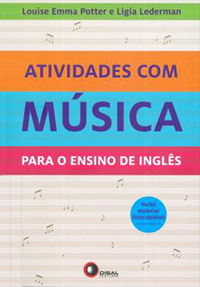A big buzz word in education nowadays is active learning! We know as a fact that learning occurs when students are able to construct their own understanding of the content. We also know that students have shorter attention spans, especially when they encounter a teacher or a lecturer in front of them.
Studies have shown that Project-based learning stretches student’s ability to understand concepts that would otherwise mean nothing to them. The main point is not to memorize facts or gather information. When students go through a real-world learning experience, as they can do when working on projects, the final product is only a small chunk of what they were able to experience during the process.
We understand that to incorporate project based learning to a school curriculum cannot be done from one day to the next. It is a change of paradigm for schools and the pedagogical concept would have to be reviewed. However, there are many concepts of the project based learning that we should take advantage of.
Let´s take a look at some of the facts and steps:
Project based learning make classes more interesting not only for student´s but for teacher´s as well. Although teachers might struggle a little at the beginning with planning and schedules, the learning results overcome the setbacks. Choose a unit from your course book, set the learning goal, come up with a driving question and make it into a project! You will definitely see the results. Student´s engagement is the first of many!
|
What is Project Based Learning?
Project-based learning is a dynamic classroom approach in which students actively explore real-world problems and challenges and acquire a deeper knowledge (Edutopia). The final product of a project is usually presented publicly to an audience, increasing student´s self esteem. |
|
Planning stage
The most important part of the project is the teacher´s planning. You should find real life and interesting topics to be part of the project based on the learning goals you want to achieve and the skills the students must master. Coming up with a driving question that will grab the students’ attention is the best way to get started. |
|
Roles
Students will take on different roles throughout the project. Multiple intelligences will be enhanced. They will take on roles as scientists, detectives, mathematicians and maybe even poets. |
|
Soft Skills
How do we prepare our students for their future careers? What do we do inside the classroom, as teachers, that help them develop soft skills such as critical thinking, team work, flexibility, communication skills and problem solving? Having students work on projects encourages them to develop these skills. |
|
Create a Schedule
Design a timeline for project components. Realize that changes to the schedule will happen. Be flexible, but help students realize that a time will come when they need to finalize their thoughts, findings, and evaluations. Make sure you know what time allotment will be given to the project. |
|
Assessment
One of the most important parts of the project. Assessment must be formative and summative. Create rubrics and give constant feedback during assessment to keep students on track. |
|
Important questions to be asked:
Will this project engage my students? Will this project engage me? Will my students learn something meaningful from this project? |
LIVRO RECOMENDADO
